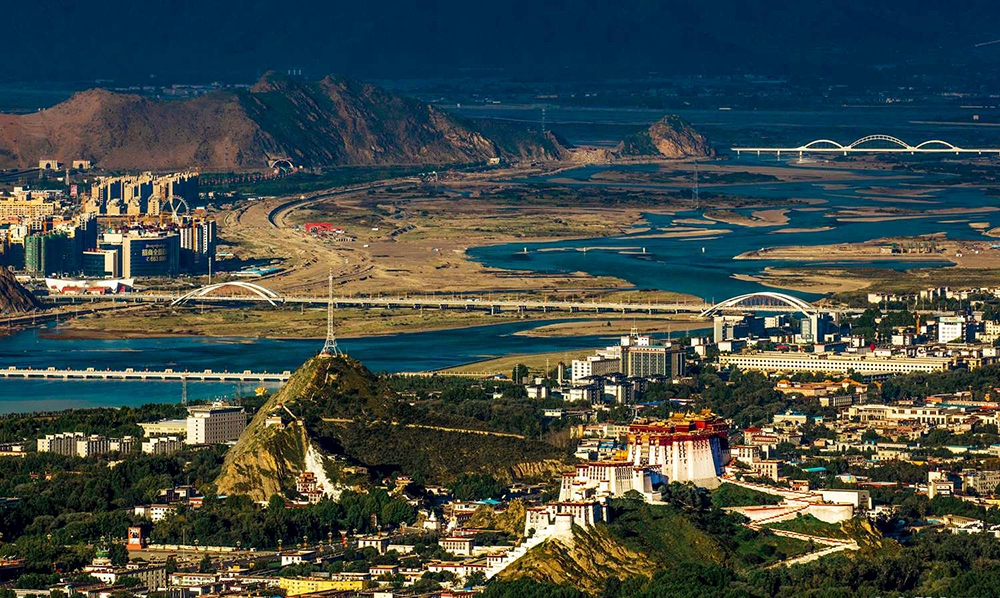“3.28” —Anniversary of the new life of Tibet
In March, as spring comes, vegetation on the “Third Pole of the Earth” begins to revive. In the park and on the greenway, flowers are blooming and buds are sprouting, forming a charming spring scenery, just like the spring 63 years ago, when people on the snowy plateau finally ushered in a new life.
On March 28, 1959, the central government decided to dissolve the former local government of Tibet, leading the people in Tibet to implement a democratic reform, and overthrow the feudal serfdom. Since then, millions of serfs have gained freedom. On January 19, 2009, the Second Session of the Ninth People’s Congress of the Tibet Autonomous Region voted to designate annual March 28 as the anniversary of the liberation of serfs in Tibet.
For centuries Tibet was ruled by theocratical feudal elites. Over a million serfs were exploited and oppressed. The laws of old Tibetan divided people into three classes and nine ranks, and clearly stipulated the unequal status of people in law. The human rights of serfs were deprived by the lord class. The Snang Rtse Shag, located to the north of the Jokhang Temple in Lhasa, used to be the judiciary of old Tibet. Infamously known as a "living hell", this was where serfs were tortured and slaughtered at will.
The democratic reform completely abolished the feudal serfdom system and brought about fundamental changes in the Tibet’s social system, achieving a historical leap. Through the democratic reform, serfs were liberated, gained their personal freedom, and became the masters of the new society.
From darkness to dawn, the former serfs got their own land, farm tools, livestock and other means of production. After more than 60 years of hard work, Tibet’s agriculture and animal husbandry have ended the predicament of relying on the sky to feed and raise animals, and modernization has been continuously improved.
At the site of the 2022 spring ploughing ceremony, Sonam Wangzha, a resident of Jedeshol Community, Jedeshol Town, Konggar County, Lhoka City, Tibet Autonomous Region, worked with a wooden rake. Not far from him, machines such as tillage machines and rotary tillers are lined up, working. Talking about the agricultural mechanization, the 72-year-old praised again and again. The lively voices and sounds in the fields show the vitality of the vast land.
Along with the country’s reform and opening-up, the development level of social productive forces in the Tibet Autonomous Region has gradually synchronized with that of the whole country, and the people of all ethnic groups in Tibet enjoy increasingly rich fruits of modern civilization. Bao Shufen, a college student from Shaqiong Village, Xiachayu Town, Zayul County, Nyingchi City, is currently working in Zhuhai, Guangdong province. From the mountainous hometown to the metropolis, she has adapted to the new environment and work, and also witnessed the wonderfulness outside the plateau
The best way to commemorate history is to create new history. Today, for those who are in Tibet, from Tibet or going to Tibet, they are all witnessing and writing new stories about Tibet in their own way.
Tibet Stories

Oxygen delivering man on Qinghai-Tibet Railway
Thus, for railway employees on high altitude stations, they often need to relieve various di...

